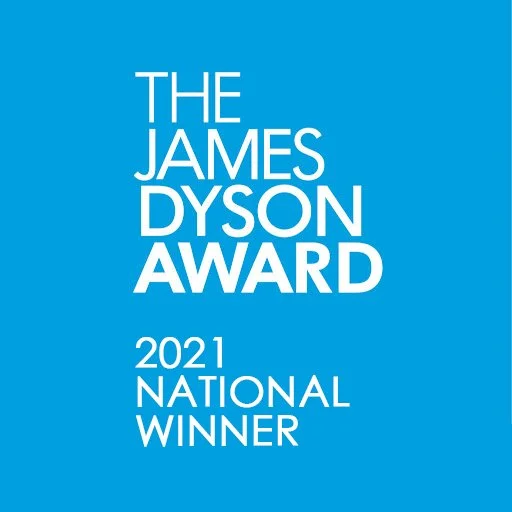
Master Degree Thesis | MFA Advanced Product Design
Umeå Institute of Design
In collaboration with Laerdal Medical
5 months
01-05, 2021
_Saving Out-of-Hospital Cardiac Arrest in China
More than 540,000 Chinese people die from sudden cardiac death each year. The survival rate of out-of-hospital cardiac arrest is less than 1% in China, which is far lower than the other developed countries and areas.
CANNE provides an ecosystem to motivate laypeople to join self-directed CPR learning and practising at a low cost. It saves time and medical resources and has a minimal requirement for the learning environment. CANNE aims to raise the survival rate of out-of-hospital cardiac arrests, particularly in China, by addressing the local societal and cultural needs.
Have a look at the 3-min pitch of CANNE.
WHY | Background of my thesis
/ Background
The annual number of sudden cardiac deaths exceeds 540,000.
The number of deaths caused by cardiac arrest in China ranks NO.1 in the world.
The survival rate of sudden cardiac death outside hospitals in China is less than 1%, far lower than in other developed countries and areas.
WHAT | Bystander Cardiopulmonary Resuscitation (CPR)
Starting immediate CPR is vital as it keeps blood and oxygen circulating to the brain and around the body to prevent severe and irreversible brain damage because of the lack of blood flow to the entire brain.
Below are the implementation of CPR and AED when the incidence of cardiac arrest happens.
Chest Compression (30 times)
Ventilation (2 times)
Automated External Defibrillator (AED)
PROBLEMS | CPR training situation in China
STATUS QUO
The CPR implementation in China is extremely low and it is around 4.5% in large and medium-sized cities around China, 11.4% in Beijing, and 4.2% in Shanghai, vs 46.1% in the United States, 46–73% in Sweden.
“ Compared with scarce medical resources, the low implementation rate of bystander CPR is the main problem. ByCPR is very important, it determines the follow-up quality of life. We need to encourage everyone to learn CPR.
- Shanghai ambulance doctor & CPR instructor
Mr. Wang
Less motivation and awareness
Less opportunity - where to learn?
Less interest
Less time & money
Lack of dissemination
Less qualified full-time instructors for large-scale teaching
Skilled Chinese physicians are in short supply and already overworked.
Less training equipment
The manikins are too expensive
It limited the number the training centres and Red Cross can train each year.
The training mode is too rigid. There is no aid of technology (internet) for the CPR course.
No mandatory consolidation training
The knowledge and skill in CPR are only retained for a short time after the CPR course.
HOW CAN WE
provide an efficient and flexible remote CPR learning solution to encourage more laypeople to learn and improve their life-saving skills?
CANNE
self-directed CPR learning experience
Click and have a look at the Basic Life Support Exercises video.
CANNE Output from 0 to 1
Research | CPR learning
Ideation - 1 | scenario exploration
Ideation - 2 | DIY manikins
Ideation | concept service
Ideation - 3 | sketching
Concept development | mock-ups
Assembly
Chest compression
App prototype
AR exploration
I conducted an AR simulation CA scene and instructions on how to compress the chest. Adobe Aero was used to test the AR possibilities.
Concept validation | usability testing
Form exploration | mood board






























